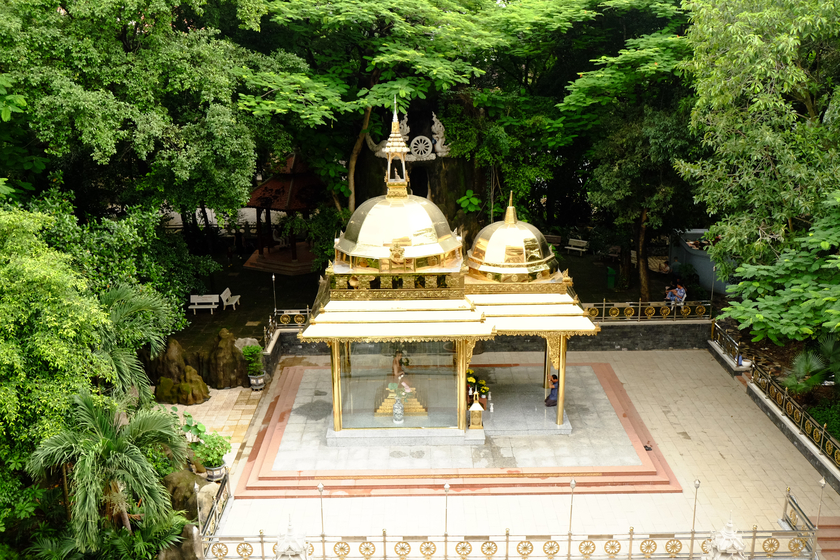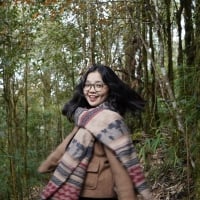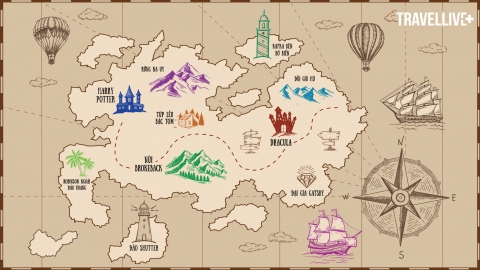Buu Long Pagoda was established in 1942. Through the process of investment, construction and restoration until 2007, this place has become a wonderful architectural work, combining Thai style and the quintessence of Nguyen Dynasty architecture with Southeast Asian culture.
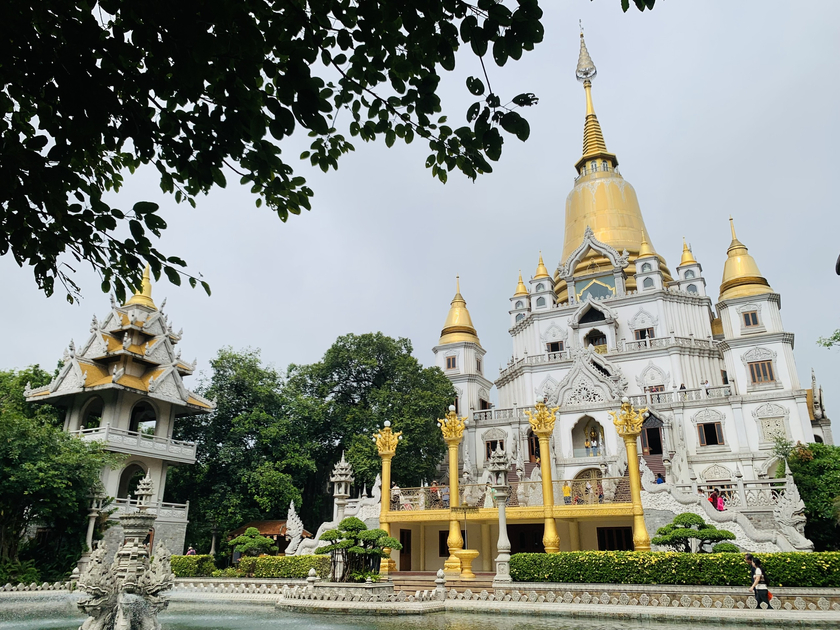
Buu Long Pagoda has the typical features of pagodas in the Land of Golden Pagodas.
Officially known as Buu Long Zen Monastery, this pagoda is located about 20km from the center of Ho Chi Minh City, has become a popular tourist attraction and place of worship not only for the city's residents but also for the surrounding areas.
Currently, the pagoda includes many areas such as the campus, main hall, dining hall, monks' quarters and hermitages. The combination of these elements has created a unique architecture, attracting the attention of tourists.
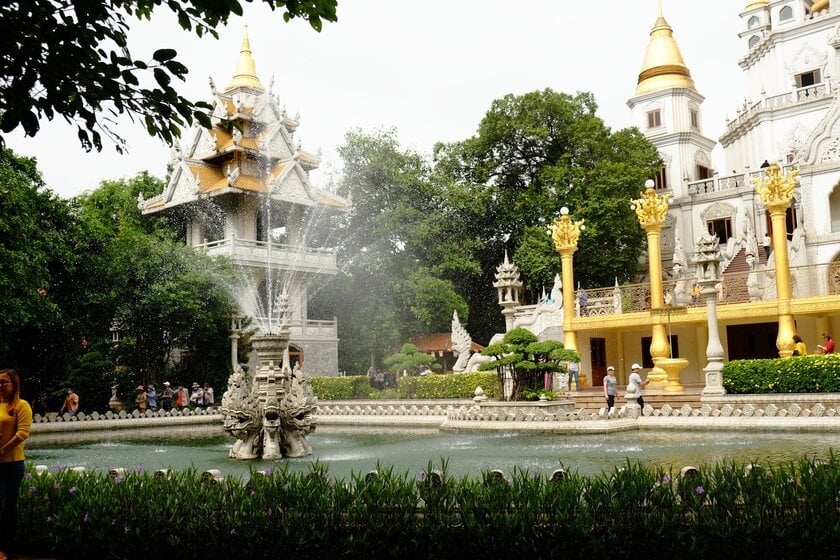
Many tourists come to visit and admire the unique architecture of this place.
According to the Southern Buddhism, this temple only has a statue of Buddha Shakyamuni and never burns incense like temples of other sects. This makes the temple different.
Entering the space of Buu Long ancient pagoda, visitors are immediately impressed by the scenery at the entrance with a fresh, quiet atmosphere thanks to the lush green canopy. The temple grounds are large, stretching over 11 hectares, with many shady green trees along the western hill. In front stands a turquoise lake, in the middle of which is a dragon-shaped fountain, adding to the serenity of the temple scene.
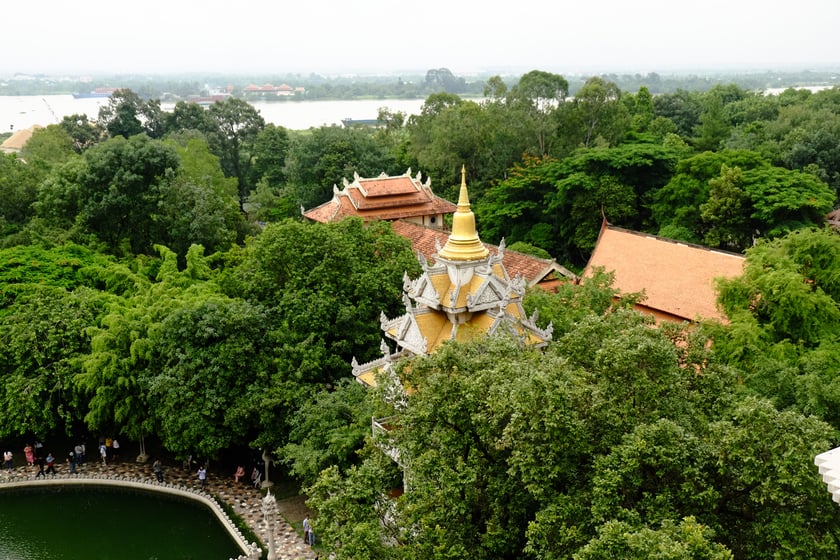
Buu Long is covered by the cool green color of trees.
The special feature of the temple is the Gotama Cetiya stupa, built in 2007 and completed after 6 years. This stupa is a place to worship the relics of the Buddha and the Holy Monks. The area is more than 2,000 square meters and the height is 70 meters, built in the style of the Funan culture, surrounded by small towers made of copper, with a golden color.
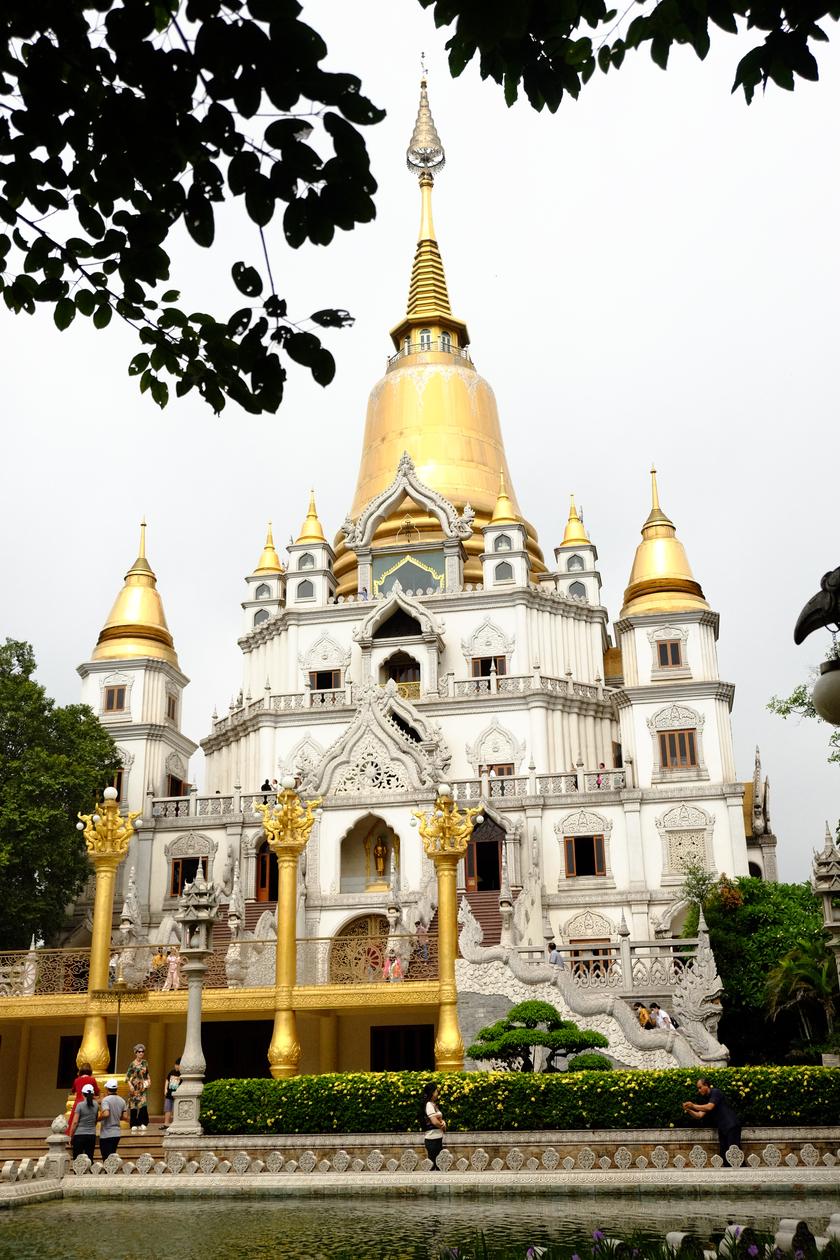
Entering the temple space, visitors will admire the first Gotama Cetiya stupa.
The stupa is 56 meters high, surrounded by four sub-towers: Dan Sinh, Thanh Dao, Phap Luan and Nirvana. The architecture of this stupa is inspired by temples in Thailand, with white as the main color and bright yellow at the top. The top of the stupa is fitted with a wind chime that further enhances the reverence of the temple. On both sides of the stupa are two 15 meter high bell towers. In addition, around the stupa there are a total of 32 lamps about 4 meters high, creating an interesting highlight.
The interior design of the stupa is created with symmetry and contrast, but still maintains harmony. This is the important highlight in the architecture of this stupa.
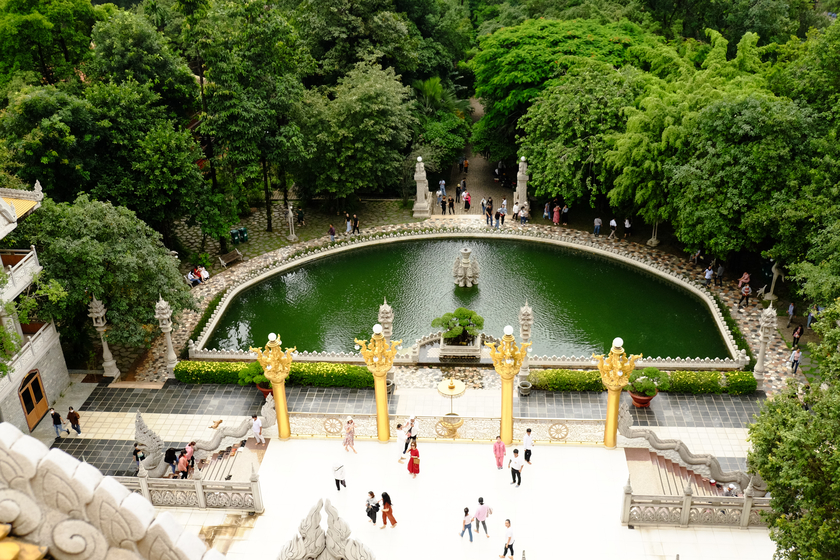
The crescent lake has an area of 280 square meters, in the middle there is a dragon-shaped fountain.
In addition to worshiping the Buddha's relics and the relics of the Arahants, this is also a place with a large lecture hall used for meetings, sermons, and meditation. The abbot of the pagoda also said that this stupa has the typical architecture of Theravada Buddhism in Southeast Asia. Unique decorative motifs such as dragons winding on the dome, embossed patterns, reliefs and Dharma wheels all originate from the ancient Funan culture, creating a unique cultural heritage for this pagoda.
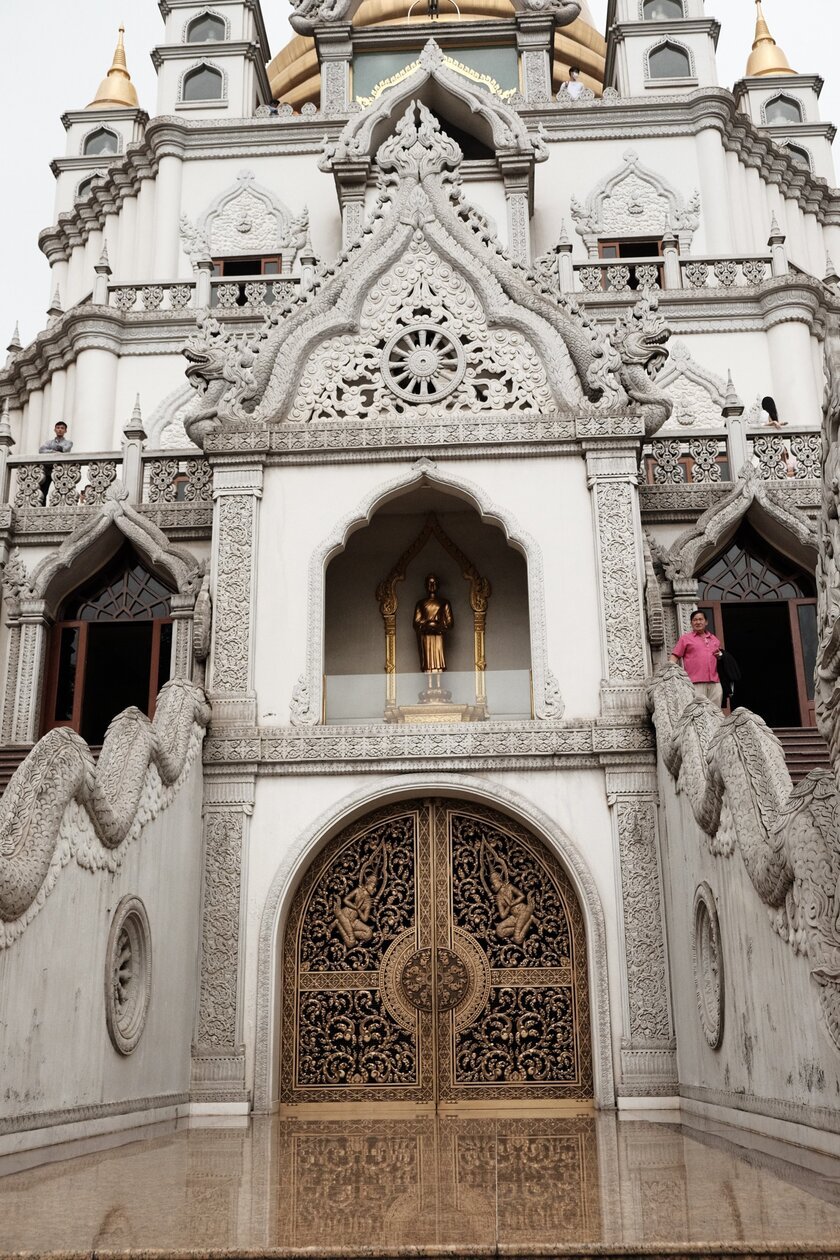
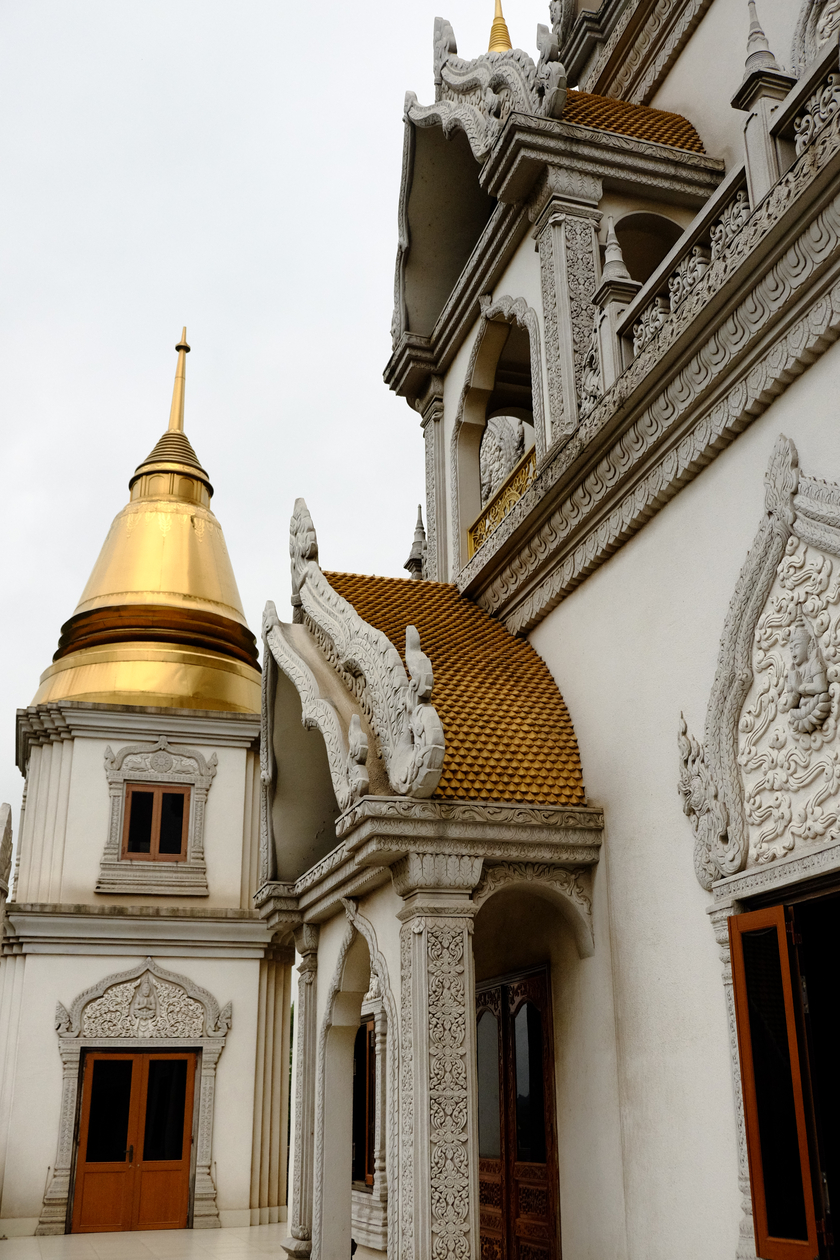
Unique architecture of the temple
Buu Long Pagoda, a spiritual tourist destination in Saigon, is famous for the name "smokeless pagoda" and is no longer strange to spiritual followers in the Southern region. When visiting the pagoda, visitors are only allowed to worship and pray, not to burn incense in the pagoda grounds.
For tourists, they can go to the upper floors to see the whole view of the temple, but need to comply with the dress code, no shorts or short skirts.
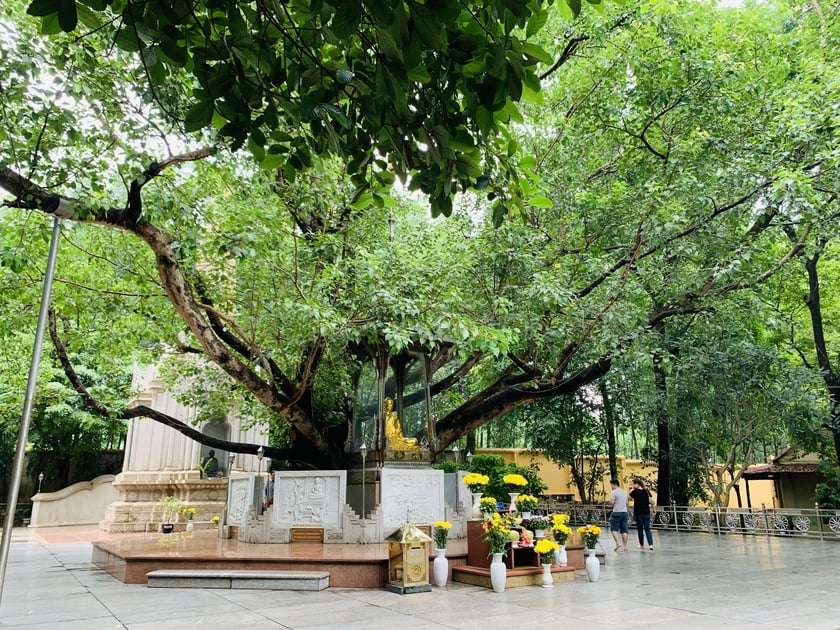
The sacred space behind the temple, where the image of Buddha Shakyamuni under the Bodhi tree is simulated.
